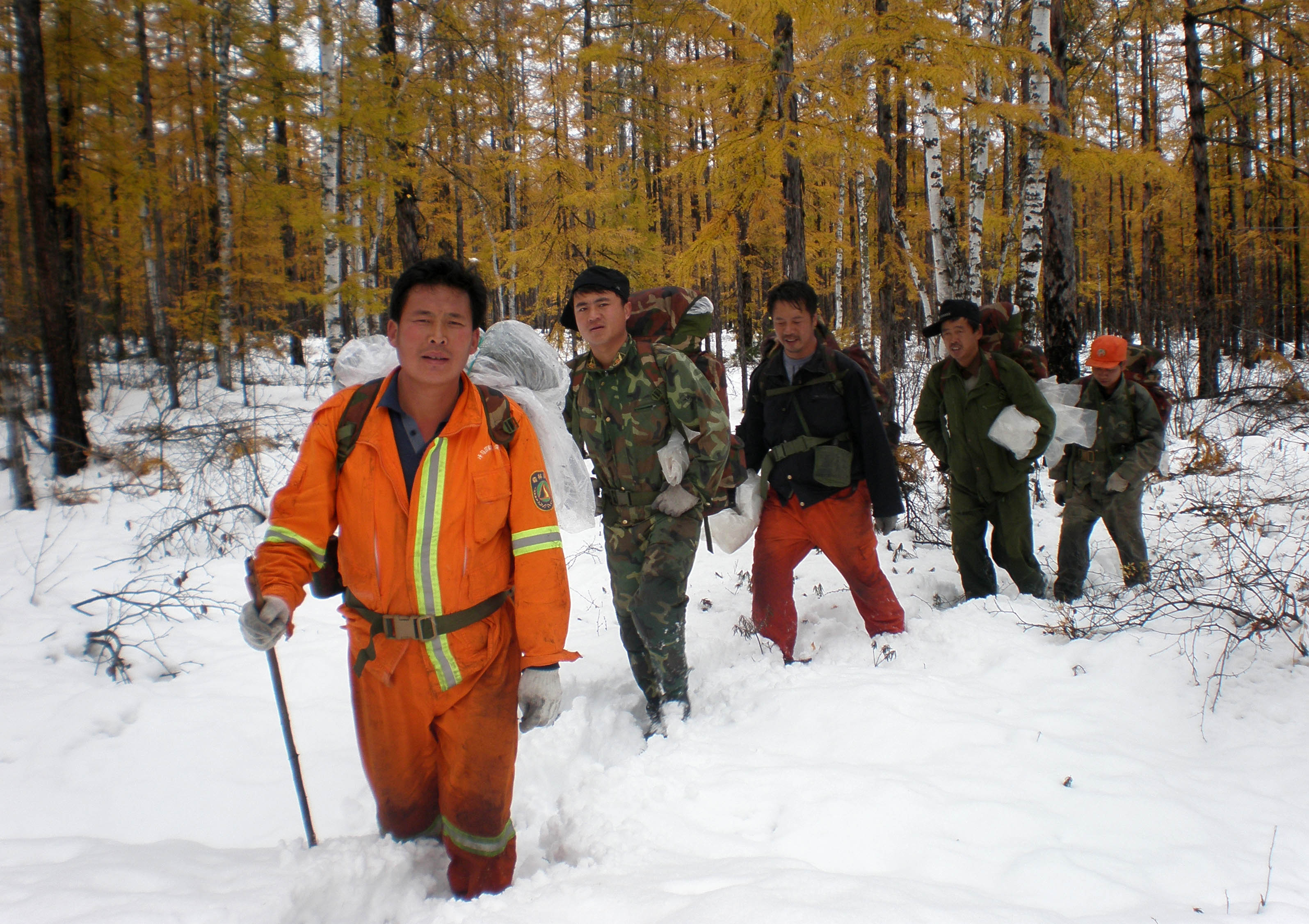Effectiveness in Conserving Biodiversity
Although Van Long NR is small compared to other Protected Areas in Vietnam, the core area of biodiversity conservation in Van Long is proving very effective in conserving biodiversity.
Van Long NR maintains to be the biggest inland wetland in the Northern Plain. The Nature Reserve is also the place with the biggest community of of Delacour langur, at present about 150-160 individuals, a very big increase (238%) compared to the number recorded at the time of its establishment, which was 60-67individuals. Delacour langur population is reproducing well. Beside that, water birds are increasing in numbers made Van Long became a interesting bird watching site. In addition, as a result of good management and protection of the limestone ecosystem and karst landscape, the limestone forests has rapidly recovered, contributing to the increased forest cover up to 30%. The Nature Reserve also performs good protection of the biggest inland wetland in the Northen Plain, which contributes to the preservation of valuable genetic sourcesfor aquatic species.
Since its establishment in 2001, Van Long NR has developed and implemented management plans in five-year period such as Operational Management Plan (OMP), Sustainable Conservation and Development Planning, and Annual Operational Plan. The planning process has consulted relevant stakeholders particularlly the local community, used the information about socio-economic conditions and real situation in most conformity.
The design of Van Long NR and development of management plans are suitable with conservation needs for Van Long natural values. The conservation priorities were identified such as limestone ecosystem, wetland ecosystem, Delacour langur population and migrated water birds. The ecosystems and population of Delacour langur are protected through the programs of the government as well as national and international organizations. Conservation and protection activities have generated job opportunities for local communities, improved local livelihood through eco-tourism and local participation in forest management and protection. However, till now, the expansion of the Nature Reserve is needed to preserve the integrity of biodiversity values and ecosystem services. The efforts regarding expansion of the Nature Reserve include the establishment of Kim Bang Nature Reserve (Nam Ha) and support to patrol for protection of Delacour langur in Dong Tam (Hoa Binh).
